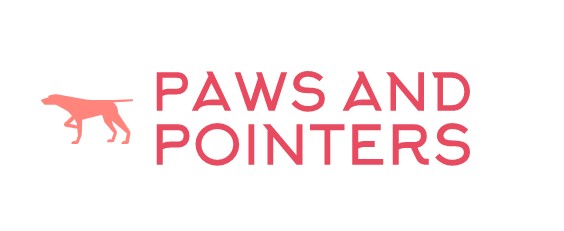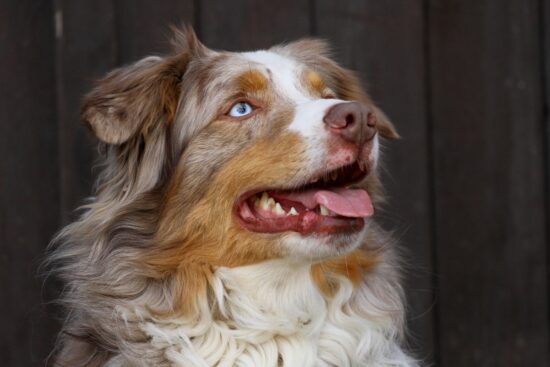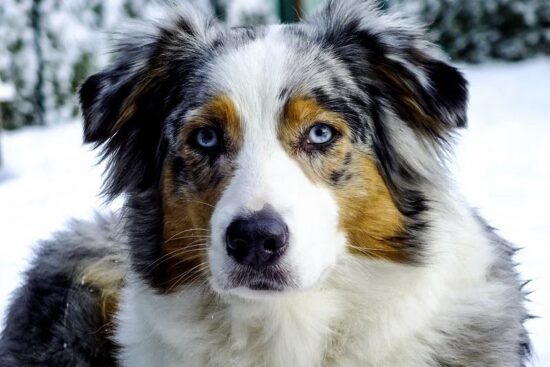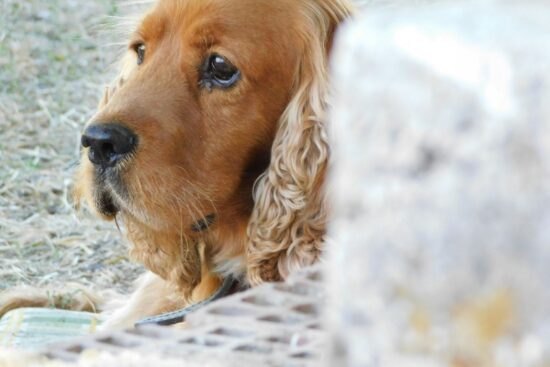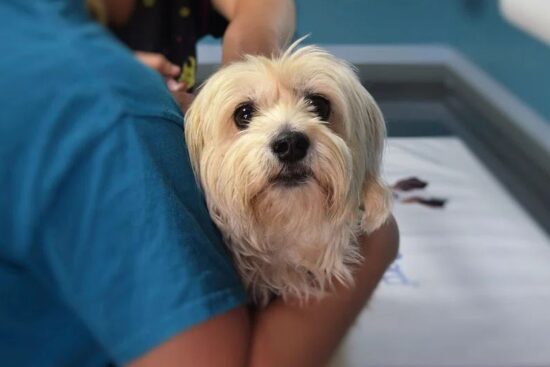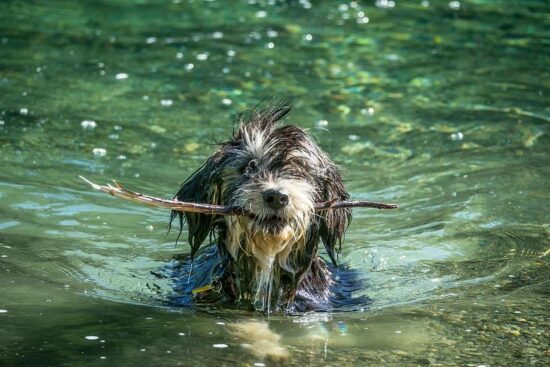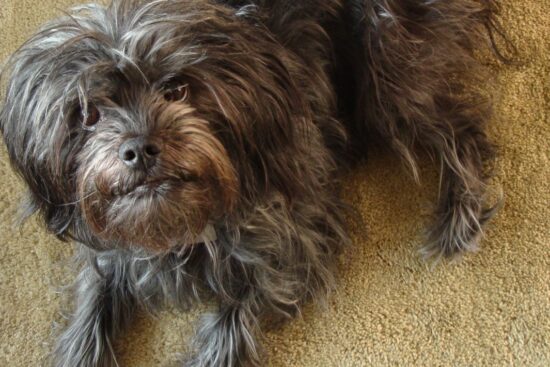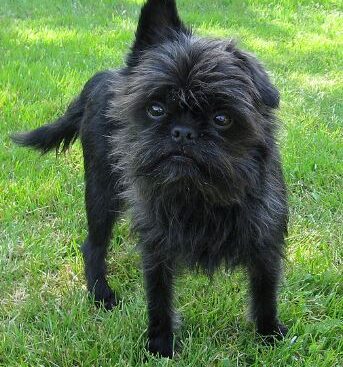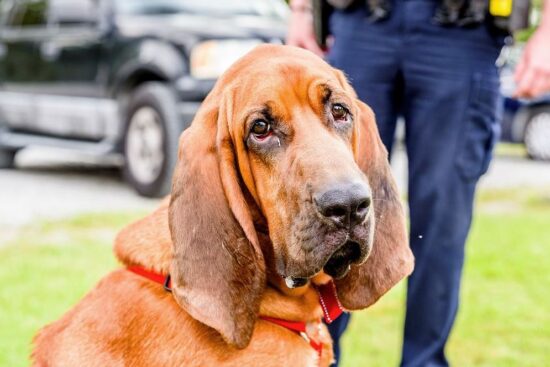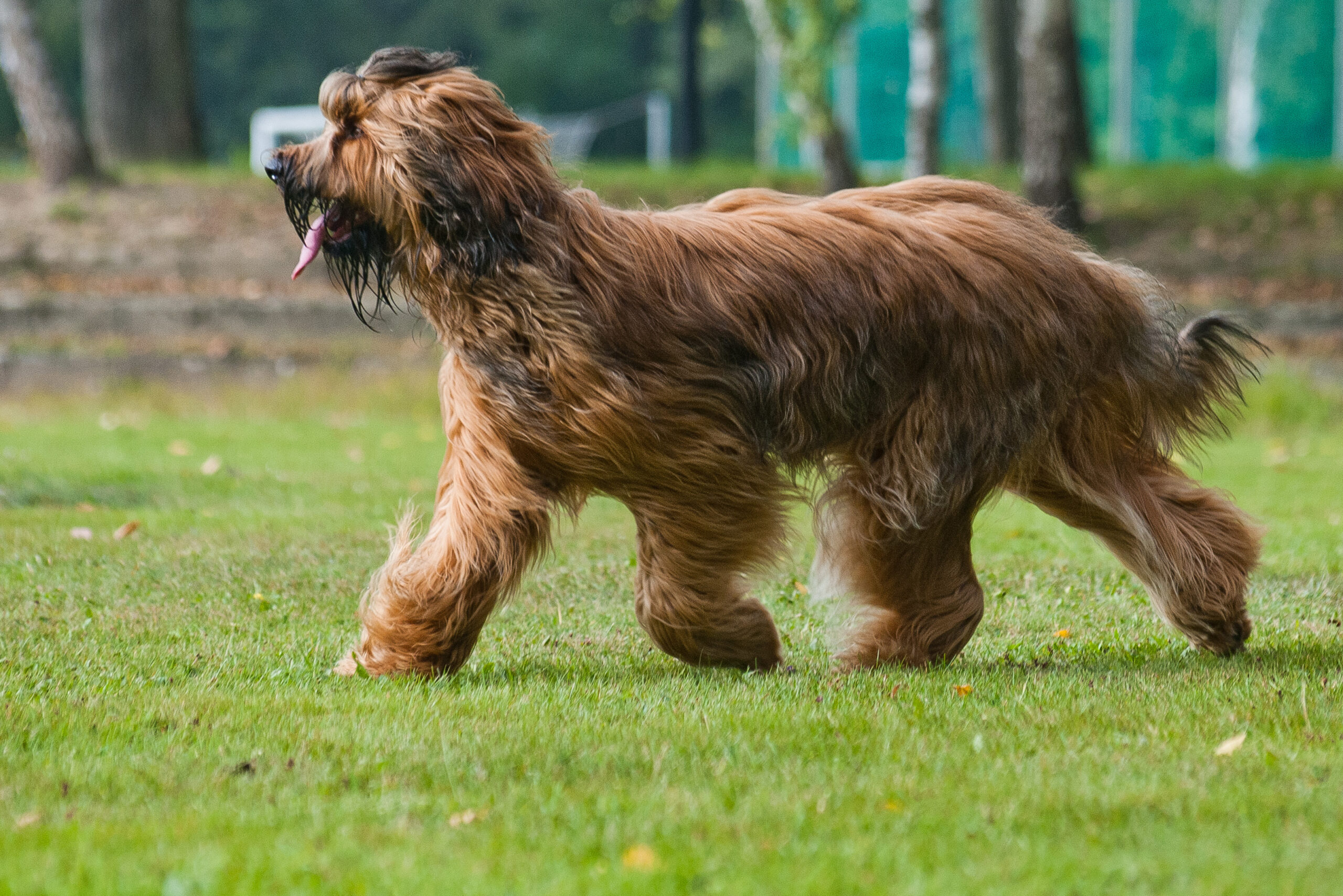
The Briard, also known as the Berger de Brie, is a large, elegant, and intelligent herding dog originating from France. With their shaggy coats, distinctive beards, and loyal personalities, Briards have captured the hearts of dog lovers worldwide. Let’s delve into the fascinating history, characteristics, and care needs of this remarkable breed.
A Glimpse into History of the Briard Origin
The Briard’s roots trace back to medieval France, where they were bred to herd and guard livestock. Their remarkable intelligence, strength, and protective instincts made them invaluable assets to farmers and shepherds. Over time, Briards also became cherished companions and guardians for their human families.
Briard Physical Characteristics: A Striking Figure
- Size: Briards are large dogs, typically standing 22 to 27 inches tall at the shoulder and weighing 55 to 100 pounds. Their sturdy build and powerful gait reflect their working heritage.
- Coat: One of their most recognizable features is their long, shaggy double coat. The coat comes in various colors, including black, fawn, and gray. Their flowing hair covers their entire body, including a distinctive beard and bushy eyebrows that give them a wise and noble expression.
- Eyes: Briards have expressive, dark eyes that convey intelligence, loyalty, and a gentle nature.
- Ears: Their ears are naturally drooping and covered with long hair, adding to their charming appearance.
Briard Temperament: Loyal, Intelligent, and Protective
Briards are known for their devoted and protective nature. They form strong bonds with their families and are fiercely loyal to them. They are highly intelligent and eager to please, making them relatively easy to train with positive reinforcement methods. However, their independent streak means they can sometimes be stubborn, so consistent training and socialization are essential.
With their herding instincts, Briards are naturally watchful and protective of their loved ones. While they are typically gentle with family members, they can be reserved or wary of strangers. Early socialization is crucial to ensure they develop appropriate social skills and avoid excessive suspicion.
Briard Exercise and Mental Stimulation
Briards are active dogs with high energy levels. They require ample exercise and mental stimulation to thrive. Daily walks, playtime in a securely fenced yard, and engaging activities like agility training or herding trials are all excellent ways to keep them physically and mentally fit.
Grooming Needs For The Briard
Their luxurious, long coat requires regular grooming to prevent matting and tangles. Brushing several times a week is essential, and professional grooming may be necessary every few months to keep their coat in top condition.
Health Considerations of the Briard
Like all breeds, Briards are prone to certain health conditions, including hip dysplasia and eye problems. Responsible breeders screen their dogs for these issues to minimize the risk. Regular veterinary checkups and a balanced diet are essential for maintaining their overall health.
Breeds Similar to the Briard
The Briard is a unique and striking breed, but if you’re drawn to their shaggy charm, herding instincts, or protective nature, there are other breeds that share some of their characteristics:
- Bearded Collie: Known for their playful and energetic personalities, Bearded Collies also sport a long, shaggy coat similar to the Briard. However, their hair is typically softer and wavier.
- Old English Sheepdog: The “Bobtail” is larger than the Briard and boasts an even more profuse coat. Both breeds share a gentle demeanor and a love for their families, but the Old English Sheepdog is generally calmer and less energetic than the Briard.
- Bouvier des Flandres: This Belgian herding breed is known for its shaggy coat, strong build, and protective instincts, similar to the Briard. However, Bouviers tend to be more reserved with strangers.
- Polish Lowland Sheepdog (PON): The PON is another herding breed with a long, thick coat, but its fur is usually more straight than the Briard’s wavy locks. Both breeds are intelligent, loyal, and devoted to their families.
- Bergamasco Shepherd: This Italian herding breed has a unique felted coat that forms flocks or mats, similar to the Briard’s shaggy appearance. They are independent and intelligent dogs, known for their protective nature.
- Beauceron: Another French herding breed, the Beauceron is larger and more muscular than the Briard. They share a similar loyalty and protective instincts, but the Beauceron has a shorter coat.
Remember, choosing a dog breed should be based on more than just appearance. Consider your lifestyle, activity level, and experience with dogs before making a decision. Researching and interacting with different breeds will help you find the perfect match for your family and needs.
Are Briards Right for You?
Briards are wonderful companions for active families who can provide them with the exercise, training, and grooming they need. Their loyalty, intelligence, and affectionate nature make them devoted family members and protectors. However, their independent streak and herding instincts require a confident and experienced owner who can provide consistent guidance and leadership.
If you’re looking for a majestic and devoted companion with a heart of gold, the Briard might be the perfect fit for you. Just remember to research the breed thoroughly, connect with reputable breeders or rescue organizations, and prepare for a lifetime of love and adventure with your furry friend.
